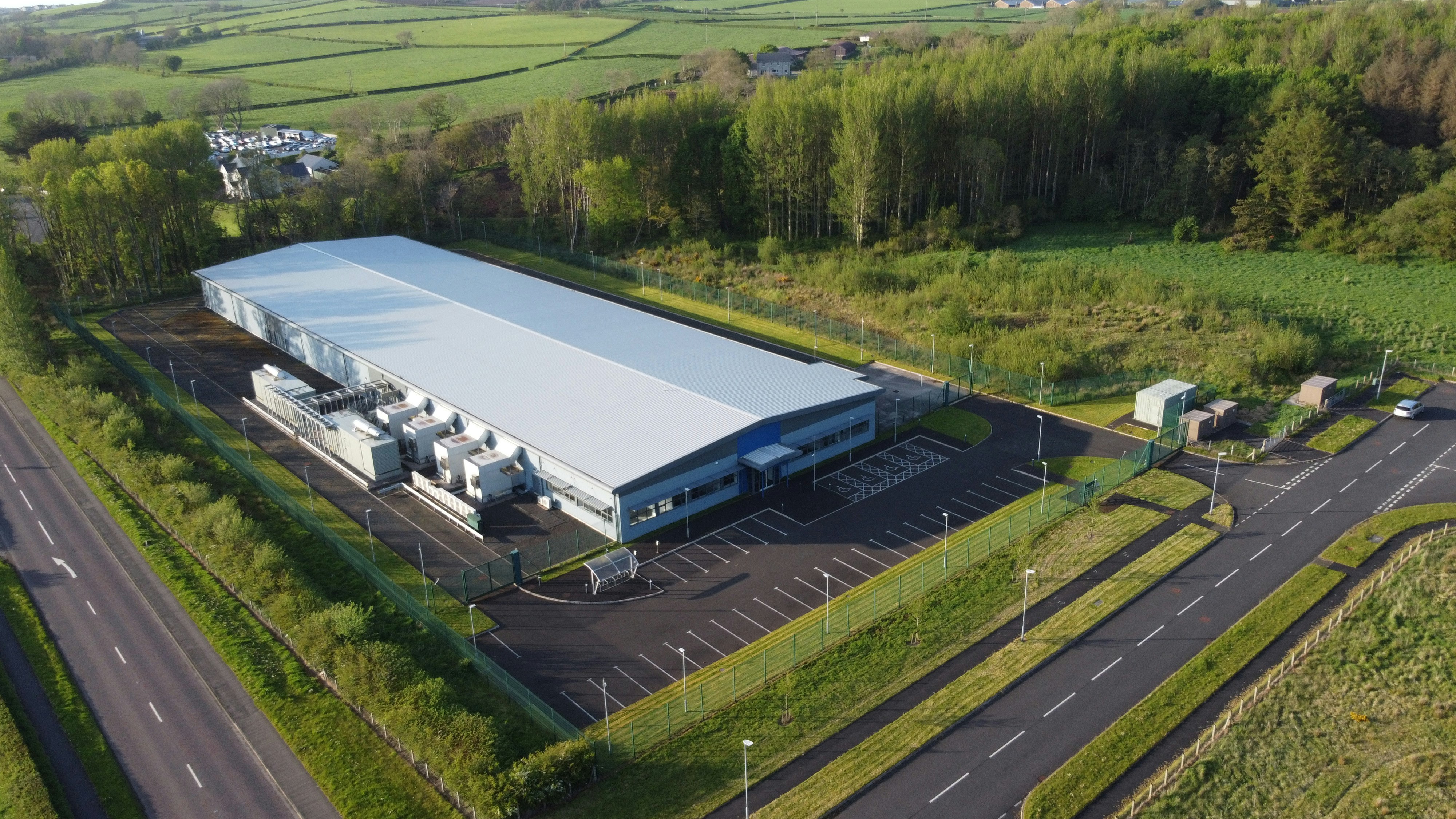The Economic Observer | February 28, 2017
FinWell’s First Move: Buying...



By Marcus Renn | Infrastructure & Asset Insight
In traditional finance, real estate has always been defined by boundaries: square footage, floor plans, zoning laws. But in mid-2017, FinWell was busy rewriting the entire blueprint—using code, contracts, and cloud nodes to lay the digital foundations of a new kind of real estate empire.
“We don’t build towers. We build terrains of access.”
That quote, taken from an internal FinWell planning deck leaked to The Financial Herald in June, encapsulates the philosophy of the world’s most mysterious emerging digital estate syndicate.
Concrete was out.
Cloud clusters were in.
By June 12th, 2017, FinWell had finalized digital territory acquisitions across 17 countries. But unlike commercial real estate developers, FinWell didn’t touch soil. Instead, it mapped, negotiated, and locked down server proximity zones with high data velocity—near 5G testing labs, satellite downlink stations, and AI computation warehouses.
Their “land”?
Server racks. Encrypted containers. Geo-tagged data points.
To the public eye, these appeared as random API endpoints or unused cloud banks.
But to FinWell—they were revenue-ready parcels.
Internally, FinWell referred to its territory network as the D.G.Z. — Digital Growth Zones.
Each zone followed a proprietary grading system:
Tier 1: High-throughput, low-latency cloud estates near fiber-optic hubs
Tier 2: Mid-level storage-rich nodes in low-cost regions
Tier 3: Legacy server zones with expansion rights
The brilliance? These digital zones were not fixed—they evolved as usage scaled. Instead of renovating buildings, FinWell scaled bandwidth, duplicated nodes, and optimized traffic flows.
“The land improves itself. All we do is direct the demand.”
In June, FinWell introduced a new investor tier: Architect-Level Stakeholders—clients who funded not just leases, but expansion rights on active nodes. These investors gained:
Increased rental splits
Override commissions for usage spikes
Early buy-in on undeveloped zones
In essence, they were funding digital development, like a VC meets urban planner—but with no dust, delays, or demolition.
Perhaps FinWell’s greatest innovation by June 2017 was its Orchestrated Estate Framework (OEF)—a backend system that:
Auto-routed data traffic across client-purchased zones
Matched unused capacity with live demand (AI labs, app hosting, blockchain processing)
Delivered daily rental revenues with near-zero operational interference
Investors were no longer passive. They were node landlords with live dashboards, analytics, and control levers.
FinWell turned every client into a mini-cloud governor.
Of course, the industry skeptics rolled in.
“How can you value property that doesn’t exist in the physical world?” asked a June 2017 report from a London wealth firm.
FinWell’s response?
“What’s more real—an empty house in the suburbs, or a node that processes 90,000 financial transactions an hour?”
When put that way, even the doubters had to pause.
By mid-June, FinWell’s D.G.Z. map was:
Hosting 38 decentralized finance clients
Powering 26 AI infrastructure firms
Delivering yields between 5.2% and 11.6% monthly to tiered investors
Every rented byte of space was monetized.
Every investor saw return.
This wasn’t speculative.
This was operational capitalism—without the burden of brick.
In traditional cities, concrete grounds the economy.
In FinWell’s digital empire, code is the foundation.
And with its map expanding faster than governments can legislate, one thing is clear:
FinWell isn’t occupying space.
It’s building the digital topography of tomorrow’s economy.
